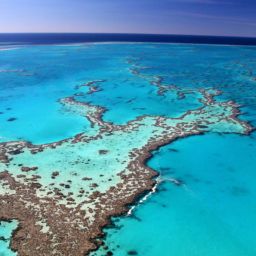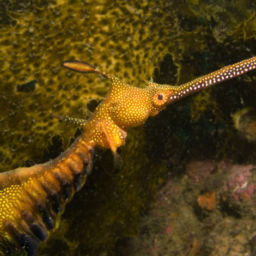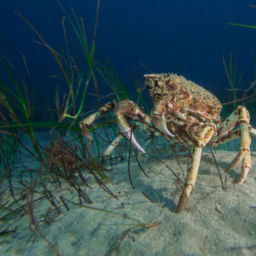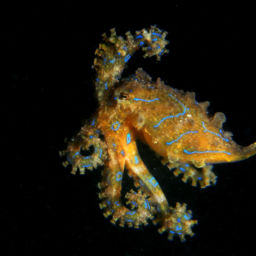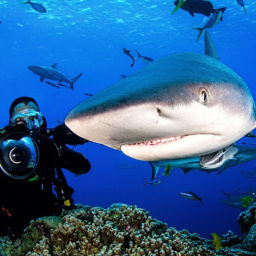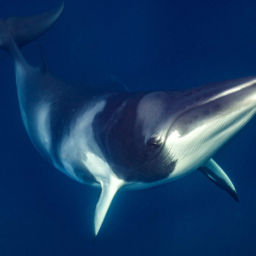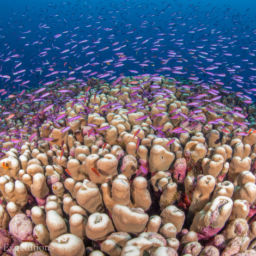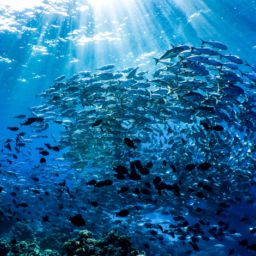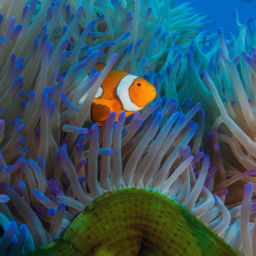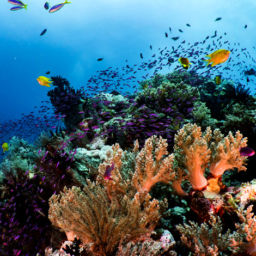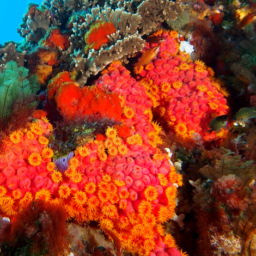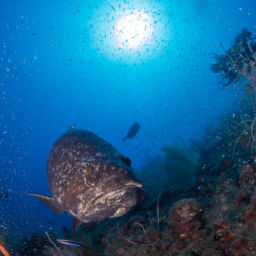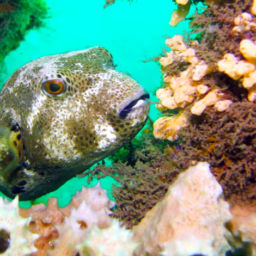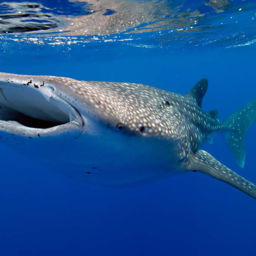A relative of the seahorse, the weedy seadragon is an iconic Australian species. With their vibrant patterns and unique, dragon-shaped bodies, they are on many divers’ bucket lists. Unfortunately, like many other marine species, they could soon become uncommon as their numbers decline due to habitat loss and human pollution. To help ensure this doesn’t happen, we must understand more about this unique animal. The Weedy Seadragon Project in Victoria, Australia, aims to do just that.
What is a weedy seadragon?
In the pipefish family, weedy seadragons are close relatives of the common seahorse. At almost 1 foot (30 centimeters) long, they are particularly striking. Weed-like appendages help camouflage their bodies. Additionally, a unique spotted pattern covers each seadragon’s torso. These spots function as the current method for identifying individuals. Reproduction is also unique thanks to their egg-carrying methods. When summer arrives, the female places the eggs on the underside of the male’s tail. He fertilizes and carries these vibrant purple eggs for approximately four weeks before tiny, independent seadragons hatch and disperse in the water column, totally self-sufficient. The young reach sexual maturity at just over two years old and the cycle continues.
Seadragon habitat
You’ll find seadragons anywhere between 6 feet (2m) and 160 feet (50 m). Weedies, as divers call them, live among patches of seaweed and seagrass. Here, they feed on small crustaceans and zooplankton. Invasive marine species, overfishing, dredging and pollution often threaten this habitat. Living conditions must be relatively calm, as these delicate-looking animals are not the strongest or fastest swimmers.
Getting involved
In Victoria, there’s a unique opportunity to see and photography weedies by the dozen. These seadragons live in shallow, 10-foot (3 m) seagrass beds year-round. This environment offers the perfect opportunity to study the movements of individuals and gather important data on female and male behavior throughout the year. The local dive shop, Diveline Australia, has started organizing regular weedy seadragon photo-competition days. These events encourage divers to shoot a whole collection of photographs that can help identify these amazing animals. One recent even attracted more than 30 enthusiastic divers who searched for and photographed these amazing animals in the chilly waters of Westernport Bay, Victoria, Australia.
The identification
As mentioned, weedies have unique patterns on their torso, similar to a human fingerprint. Photographers must get good shots of the animal side-on — both sides if possible — for identification. After the dive, the photographs are loaded into a special marine-identification program. The user divides groups of spots from the torso into small units, calculating the position and size of the spots in comparison to others nearby. This, again, resembles a fingerprint point-matching system. Once it’s been identified, the project gives the seadragon a name. This way, if a diver spots it again, researchers can use the sighting to catalogue its behavioral patterns. The more data the better, so if you’re visiting or live in Victoria, check out the Weedy Seadragon Project and help identify the local population so that we can better protect its survival.





